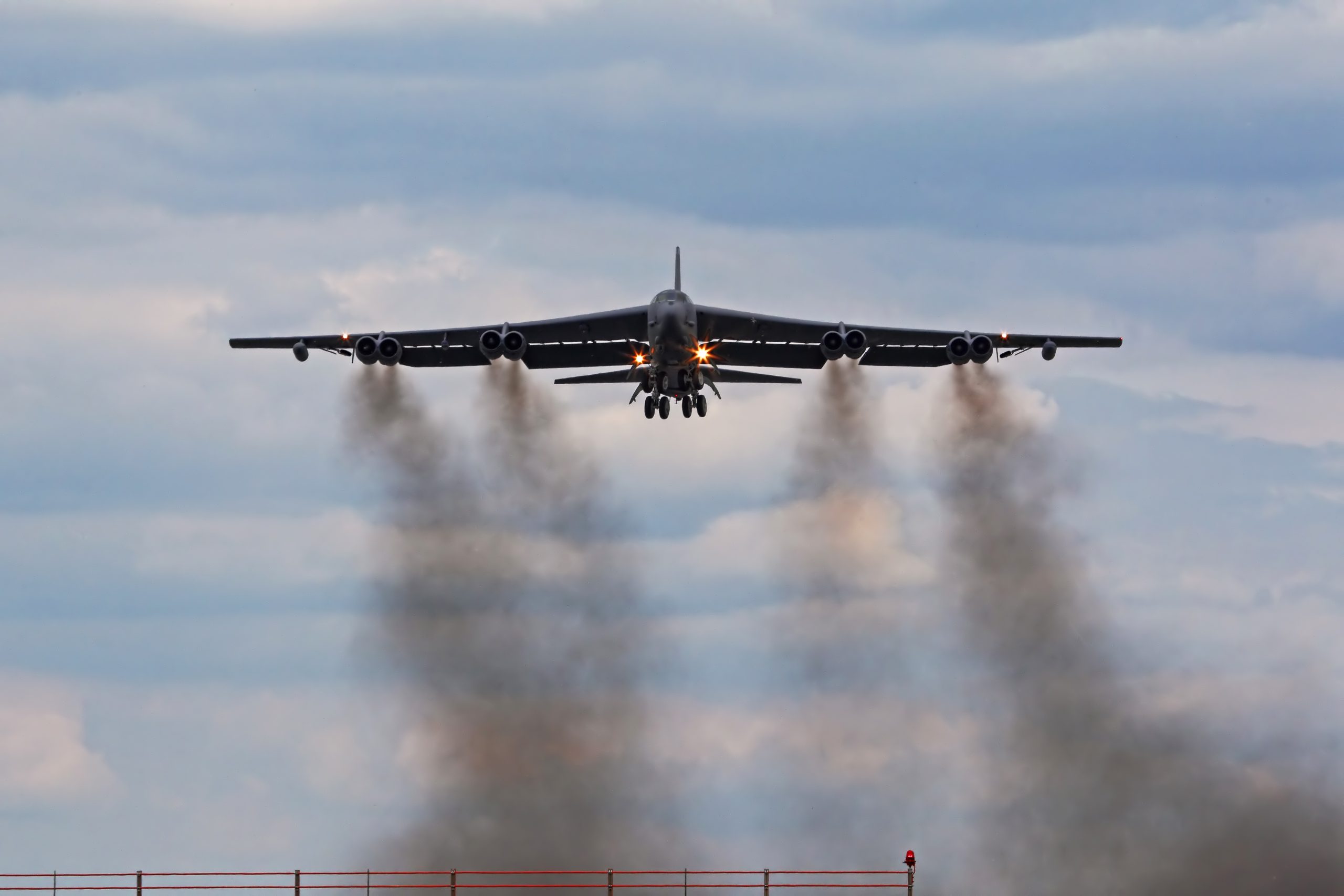On January 8th, 2022, a Bombardier Challenger 300 departed from Laurence G. Hanscom Field — a general aviation airport a few miles northwest of Boston, Massachusetts — to the beautiful Caribbean Island of Sint Maarten.
The flight lasted three and a half hours. Its jets emitted approximately 10 metric tons of CO2 — two tons more than the average annual carbon footprint of a Massachusetts resident.
The owner of the Bombardier Challenger? Billionaire heir Bernard Saul II.
Three generations of Sauls created his high-flying fortune: Both his great-grandfather and grandfather, John Hennessey and Bernard I, got rich in the nineteenth century and stayed rich. Saul II greatly benefited from his lineage and inherited his grandfather’s property management firm in 1957. More than sixty years later, Saul II is one of the richest men in the world. Forbes estimates his net worth to be around a cool $2.5 billion.
In billionaire fashion, Saul II is an active player in the business aviation market: He bears an ownership stake in four different private jets.
This is hardly surprising. Private aircraft owners tend to be a class of ultra-wealthy individuals with a median net worth of at least $140 million. But Saul II’s flight activity — or, more accurately, the flight activity of the jets that he owns — from Hanscom Field symbolizes a trend that’s flown largely under the radar: A phenomenon we like to call “heir pollution.”
Many researchers have exposed the political influence of inherited-wealth dynasties, the strategies they deploy to protect their assets from taxation, and their continued exploitation of the philanthropic sector for their own benefit. But few have captured how wealthy heirs and heiresses disproportionately burn up our planet through their private aircraft activity.
Our analysis of Wealth-X’s database reveals that there are approximately 760 high net worth individuals in the United States who, thanks to their inherited wealth, have an ownership stake in at least one private jet.
Thirty-three of these inheritors are native to, reside in, or own a second home in the state of Massachusetts — eleven of them have made use of Hanscom Field since 2022 began.
Our Hanscom High Flyers report takes a comprehensive look at the flight activity of those who fly private from Hanscom Field, profiling the twenty most frequent high flyers over an eighteen-month period.
Two spots in the top twenty are occupied by two Massachusetts heirs, John Fish and Arthur S. Demoulas. Both are billionaires and, between them, they burned more than 3,000 tons of CO2 just by flying in and out of Hanscom.
The carbon footprint of the other eleven Bay Staters with dynastic wealth is approximately 1,964 metric tons, bringing heir pollution at Hanscom to an estimated 5,035 metric tons. This estimate does not even include the carbon footprint of non-Massachusetts heirs.
Heir pollution isn’t easily tracked. Some children of magnates prefer to outsource their jet travel, founding and relying on air charter businesses. A prime example is the late Paul David Phelan, who was born into a wealthy Canadian family and later founded the successful Chartright Air Group in the 1980s. Chartright is currently the second largest air charter business in Canada and owns a large, diverse fleet. Eight of its business jets have carried out operations at Hanscom, bringing their total carbon footprint at the airport to 476 metric tons.
The Massachusetts Port Authority (Massport) wants to expand hangar capacity at Hanscom. Yet understandably, a coalition of local advocacy groups vehemently opposes Massport’s plan: Fueling this hotbed of heir pollution, these concerned citizens recognize, is facilitating climate disaster.
Curiously, Massport asserts that expanding hangar capacity will actually lessen the airport’s carbon footprint. More space, Massport argues, would eliminate their frequent ferry flights, which transport empty planes to other airports for storage purposes. However, there is no evidence to suggest that this is the case. Hanger expansion is much more likely to encourage owners and jet card holders to fly more, intensifying private jet air traffic and worsening climate effects. Think of it like highway expansion, which has a track record of increasing automobile traffic instead of relieving road congestion.
The constituency served by the expansion of private jet space at Hanscom Field is a small minority of ultra-high net worth individuals and their affluent heirs. The dynastically wealthy are flying more than ever. They will continue to do so at our own climate peril — unless we fight against private jet expansion and, through struggle, mobilize for a green energy future.
